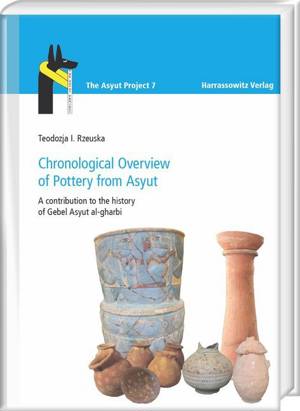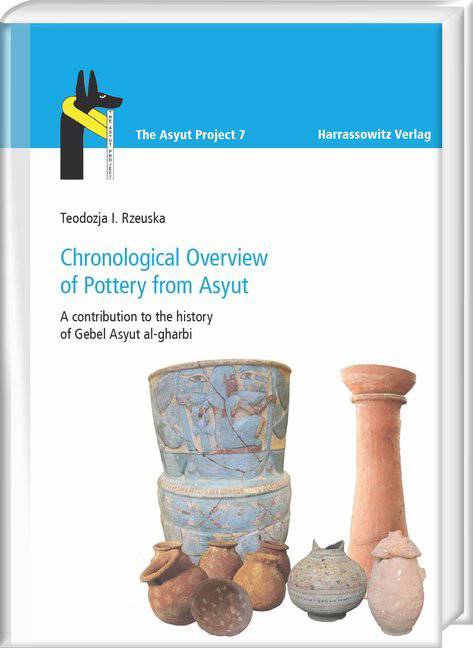
- Afhalen na 1 uur in een winkel met voorraad
- Gratis thuislevering in België vanaf € 30
- Ruim aanbod met 7 miljoen producten
- Afhalen na 1 uur in een winkel met voorraad
- Gratis thuislevering in België vanaf € 30
- Ruim aanbod met 7 miljoen producten
Zoeken
Chronological Overview of Pottery from Asyut
A Contribution to the History of Gebel Asyut Al-Gharbi
Teodozja I Rzeuska
€ 207,95
+ 415 punten
Omschrijving
Gebel Asyut al-gharbi, one of the most important archaeological sites in Egypt, is crucial in understanding both its history and culture of this country. Despite a great wealth of remains our knowledge of Asyut and some periods of time concerning the site is still scant. Contrary to wide-held belief, activities on the gebel do not primarily date to the First Intermediate Period and Middle Kingdom; the history of the site is much longer and it continues to hide many secrets. The first and most important goal posed by Teodozja I. Rzeuska is to present the lesser known parts of the history of the Asyut necropolis, those that are under-represented in the texts, as well as those for which the archaeological evidence is insufficient. This is where the ceramic material has proven to be an invaluable source which helped to fill gaps in our knowledge. The second goal is to present the unique character of local pottery in Asyut, especially in comparison with ceramics found in other regions of Egypt.
Specificaties
Betrokkenen
- Auteur(s):
- Uitgeverij:
Inhoud
- Aantal bladzijden:
- 792
- Taal:
- Engels
- Reeks:
- Reeksnummer:
- nr. 7
Eigenschappen
- Productcode (EAN):
- 9783447106214
- Verschijningsdatum:
- 4/04/2018
- Uitvoering:
- Hardcover
- Formaat:
- Genaaid
- Afmetingen:
- 175 mm x 246 mm
- Gewicht:
- 1542 g

Alleen bij Standaard Boekhandel
+ 415 punten op je klantenkaart van Standaard Boekhandel
Beoordelingen
We publiceren alleen reviews die voldoen aan de voorwaarden voor reviews. Bekijk onze voorwaarden voor reviews.











